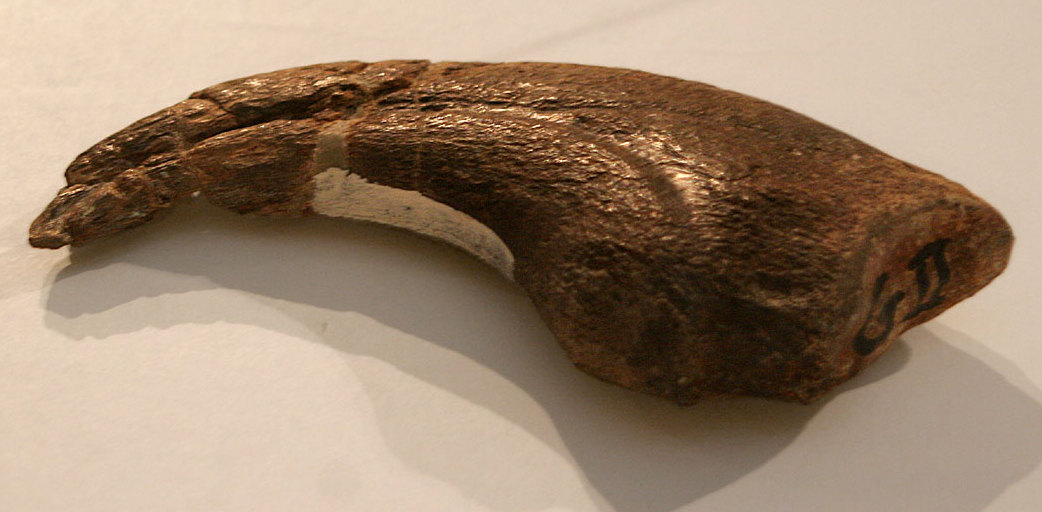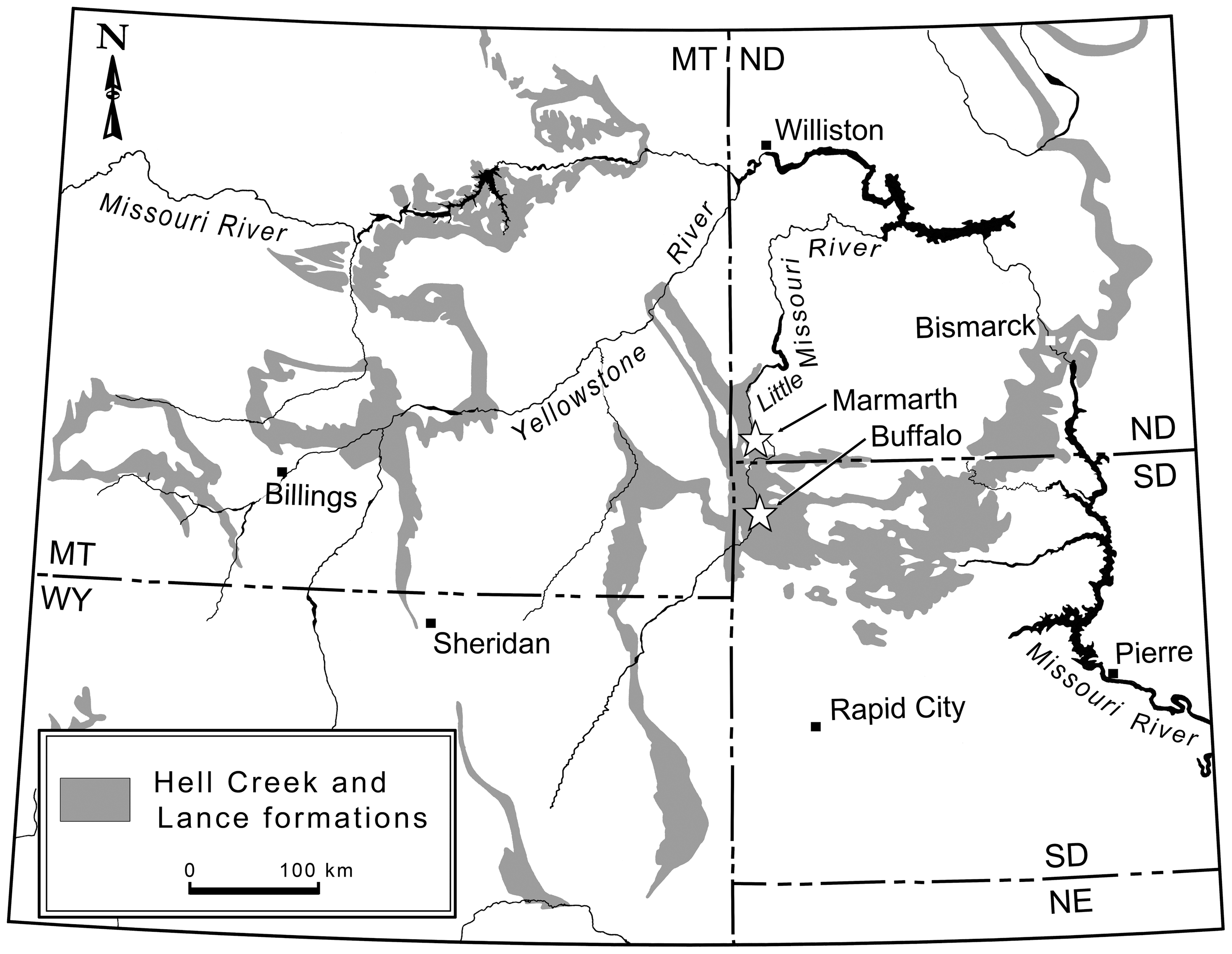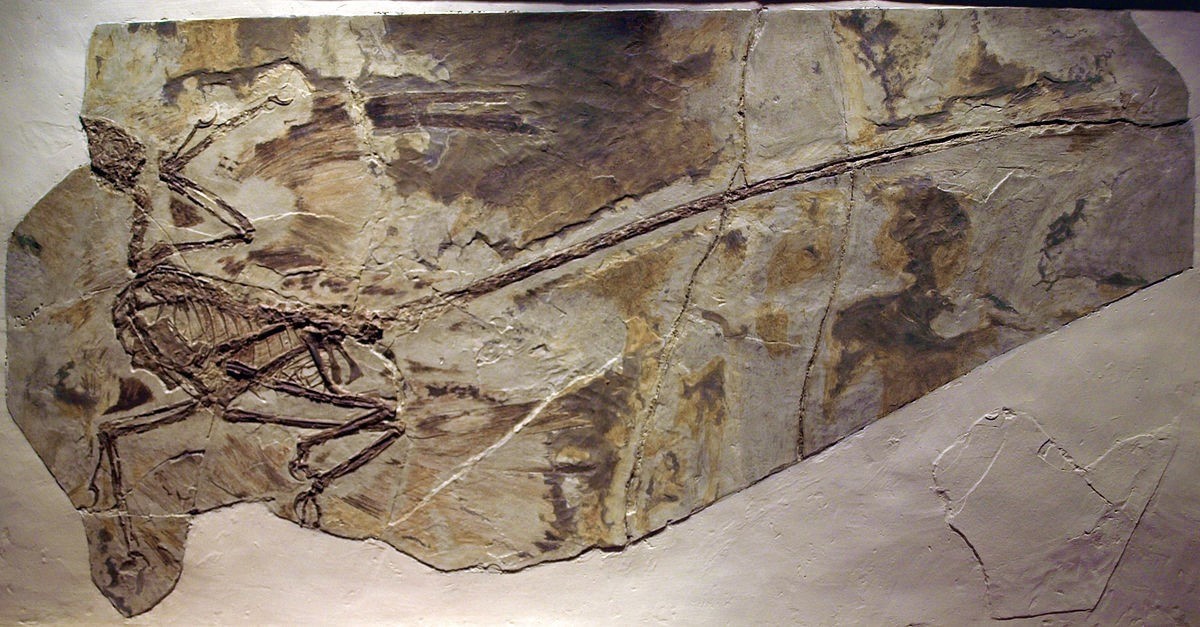|
Oviraptorosaur
Oviraptorosaurs ("egg thief lizards") are a group of feathered maniraptoran dinosaurs from the Cretaceous Period (geology), Period of what are now Asia and North America. They are distinct for their characteristically short, beaked, parrot-like skulls, with or without bony crests atop the head. They ranged in size from ''Caudipteryx'', which was the size of a turkey, to the 8-meter-long, 1.4-ton ''Gigantoraptor''. The group (along with all maniraptoran dinosaurs) is close to the ancestry of birds. Some researchers such as Teresa Maryanska, Maryanska ''et al'' (2002) and Halszka Osmólska, Osmólska ''et al.'' (2004) have proposed that they may represent primitive flightless birds.Osmólska, Halszka, Currie, Philip J., Brasbold, Rinchen (2004) "The Dinosauria" Weishampel, Dodson, Osmólska. "Chapter 8 Oviraptorosauria" University of California Press. The most complete oviraptorosaur specimens have been found in Asia. The North American oviraptorosaur record is sparse.Varricchio, D ... [...More Info...] [...Related Items...] OR: [Wikipedia] [Google] [Baidu] |
Gigantoraptor
''Gigantoraptor'' () is a genus of large oviraptorosaur dinosaur that lived in Asia during the Late Cretaceous period. It is known from the Iren Dabasu Formation of Inner Mongolia, where the first remains were found in 2005. ''Gigantoraptor'' was the largest oviraptorosaur, reaching in length and in body mass. It had an extensively pneumatized vertebral column and elongated arms and legs. Both femur and tibia measured over in length, an unusual trait among giant theropods. The lower jaws were toothless and ended in a keratinous beak, as seen in other oviraptorosaurs. Though several oviraptorosaur species are known to have developed a full coat of feathers, ''Gigantoraptor'', due to its size, could have lost some of this integument. The genus is classified as an oviraptorosaurian dinosaur, a group of generally small feathered animals. Though it was originally found to represent a basal oviraptorid, subsequent analyses have shown it to be a caenagnathid. It was a giant, ground ... [...More Info...] [...Related Items...] OR: [Wikipedia] [Google] [Baidu] |
Incisivosaurus
''Incisivosaurus'' ("incisor lizard") is a genus of small, probably herbivorous theropod dinosaurs from the early Cretaceous Period of what is now the People's Republic of China. The first specimen to be described (by Xu ''et al.'' in 2002), IVPP V13326, is a skull that was collected from the lowermost levels (the fluvial Lujiatun beds) of the Yixian Formation (dating to the Barremian stage about 126 million years ago) in the Sihetun area, near Beipiao, Beipiao City, in western Liaoning Province. The most significant, and highly unusual, characteristic of this dinosaur is its apparent adaptation to an herbivorous or omnivorous lifestyle. It was named for its prominent, rodent-like front teeth, which show wear patterns commonly found in plant-eating dinosaurs. The specific name (zoology), specific name ''gauthieri'' honors Jacques Gauthier, Dr. Jacques Gauthier, a pioneer of the phylogenetic method of classification. Description The initial description of ''Incisivosaurus'' by Xu ' ... [...More Info...] [...Related Items...] OR: [Wikipedia] [Google] [Baidu] |
Incisivosaurus Gauthieri
''Incisivosaurus'' ("incisor lizard") is a genus of small, probably herbivorous theropod dinosaurs from the early Cretaceous Period of what is now the People's Republic of China. The first specimen to be described (by Xu ''et al.'' in 2002), IVPP V13326, is a skull that was collected from the lowermost levels (the fluvial Lujiatun beds) of the Yixian Formation (dating to the Barremian stage about 126 million years ago) in the Sihetun area, near Beipiao City, in western Liaoning Province. The most significant, and highly unusual, characteristic of this dinosaur is its apparent adaptation to an herbivorous or omnivorous lifestyle. It was named for its prominent, rodent-like front teeth, which show wear patterns commonly found in plant-eating dinosaurs. The specific name ''gauthieri'' honors Dr. Jacques Gauthier, a pioneer of the phylogenetic method of classification. Description The initial description of ''Incisivosaurus'' by Xu ''et al.'' showed that the skull, which measures ap ... [...More Info...] [...Related Items...] OR: [Wikipedia] [Google] [Baidu] |
Ningyuansaurus Wangi
''Ningyuansaurus'' is a basal oviraptorosaurian dinosaur genus. It contains the single species ''Ningyuansaurus wangi'', known from a fossil specimen from the Early Cretaceous Yixian Formation (Aptian stage, 124.6 Ma ago) of Jianchang, western Liaoning Province, People's Republic of China. It is thought to be the basalmost species of oviraptorosaur, based on its long skull and a greater number of teeth in comparison to any other known oviraptorosaur. The generic name ''Ningyuansaurus'' is derived from Ningyuan, an ancient name for Xingcheng City. The specific name honors Wang Qiuwu, the private owner of the specimen who donated it for scientific study. The specimen is now in the Confuciusornis Museum in Xingcheng. Description The only known fossil specimen of ''N. wangi'' is notable for having a large number of teeth compared to more advanced oviraptorosaurs, but the teeth in the back of the upper jaw (maxilla) are still reduced in number compared to most other non-avialan ther ... [...More Info...] [...Related Items...] OR: [Wikipedia] [Google] [Baidu] |
Ningyuansaurus
''Ningyuansaurus'' is a basal oviraptorosaurian dinosaur genus. It contains the single species ''Ningyuansaurus wangi'', known from a fossil specimen from the Early Cretaceous Yixian Formation (Aptian stage, 124.6 Ma ago) of Jianchang, western Liaoning Province, People's Republic of China. It is thought to be the basalmost species of oviraptorosaur, based on its long skull and a greater number of teeth in comparison to any other known oviraptorosaur. The generic name ''Ningyuansaurus'' is derived from Ningyuan, an ancient name for Xingcheng City. The specific name honors Wang Qiuwu, the private owner of the specimen who donated it for scientific study. The specimen is now in the Confuciusornis Museum in Xingcheng. Description The only known fossil specimen of ''N. wangi'' is notable for having a large number of teeth compared to more advanced oviraptorosaurs, but the teeth in the back of the upper jaw (maxilla) are still reduced in number compared to most other non-avialan ther ... [...More Info...] [...Related Items...] OR: [Wikipedia] [Google] [Baidu] |
Citipati
''Citipati'' (; meaning "funeral pyre lord") is a genus of oviraptorid dinosaur that lived in Asia during the Late Cretaceous period, about 75 million to 71 million years ago. It is mainly known from the Ukhaa Tolgod locality at the Djadokhta Formation, where the first remains were collected during the 1990s. The genus and type species ''Citipati osmolskae'' were named and described in 2001. A second species from the adjacent Zamyn Khondt locality may also exist. ''Citipati'' is one of the best-known oviraptorids thanks to a number of well-preserved specimens, including individuals found in brooding positions atop nests of eggs, though most of them were initially referred to the related ''Oviraptor''. These nesting specimens have helped to solidify the link between non-avian dinosaurs and birds. ''Citipati'' was among the largest oviraptorids; it is estimated to have been around in length and to have weighed . Its skull was highly pneumatized, short, and had a characteristic ... [...More Info...] [...Related Items...] OR: [Wikipedia] [Google] [Baidu] |
Anzu Wyliei
''Anzu'' (named for Anzû, a bird-like daemon in Ancient Mesopotamian religion) is a monospecific genus of caenagnathid dinosaur from North Dakota, South Dakota and Montana that lived during the Late Cretaceous (upper Maastrichtian stage, 67.2-66.0 Ma) in what is now the Hell Creek Formation. The type species and only species, ''Anzu wyliei'' is known from numerous skeletons that preserve cranial and postcranial elements. It was named in 2014 by Matthew C. Lamanna, Hans-Dieter Sues, Emma R. Schachner, and Tyler R. Lyson. It was named one of the "Top 10 New Species" for new species discovered in 2014 by the International Institute for Species Exploration in 2015. History of discovery Several large skeletons from the late Maastrichtian Hell Creek Formation of Montana and South Dakota were initially referred to as "cf. ''Chirostenotes''",Varricchio, D. J. (2001). Late Cretaceous Oviraptorosaur (Theropoda) dinosaurs from Montana. ''Mesozoic Vertebrate Life.'' D. H. Tanke and K. ... [...More Info...] [...Related Items...] OR: [Wikipedia] [Google] [Baidu] |
Dinosaur
Dinosaurs are a diverse group of reptiles of the clade Dinosauria. They first appeared during the Triassic period, between 243 and 233.23 million years ago (mya), although the exact origin and timing of the evolution of dinosaurs is the subject of active research. They became the dominant terrestrial vertebrates after the Triassic–Jurassic extinction event 201.3 mya; their dominance continued throughout the Jurassic and Cretaceous periods. The fossil record shows that birds are feathered dinosaurs, having evolved from earlier theropods during the Late Jurassic epoch, and are the only dinosaur lineage known to have survived the Cretaceous–Paleogene extinction event approximately 66 mya. Dinosaurs can therefore be divided into avian dinosaurs—birds—and the extinct non-avian dinosaurs, which are all dinosaurs other than birds. Dinosaurs are varied from taxonomic, morphological and ecological standpoints. Birds, at over 10,700 living species, are among ... [...More Info...] [...Related Items...] OR: [Wikipedia] [Google] [Baidu] |
Avimimus
''Avimimus'' ( ), meaning "bird mimic" (Latin ''avis'' = bird + ''mimus'' = mimic), is a genus of oviraptorosaurian theropod dinosaur, named for its bird-like characteristics, that lived in the late Cretaceous in what is now Mongolia, around 85 to 70 million years ago. Description ''Avimimus'' was a small, bird-like dinosaur with a length of 1.5 m (5 ft). The skull was small compared to the body, though the brain and eyes were large. The size of the bones which surrounded the brain and were dedicated to protecting it are large. This is also consistent with the hypothesis that ''Avimimus'' had a proportionally large brain. The jaws of ''Avimimus'' were thought to form a parrot-like beak lacking teeth, and a thorough review of the holotype specimen's anatomy confirmed that no teeth were preserved, although a series of tooth-like projections along the tip of the premaxilla were. However, subsequently discovered specimens have been reported to preserve small prem ... [...More Info...] [...Related Items...] OR: [Wikipedia] [Google] [Baidu] |
Caudipteryx
''Caudipteryx'' (which means "tail feather") is a genus of peacock-sized theropod dinosaurs that lived in the Barremian age of the early Cretaceous (about 124.6 million years ago). They were feathered and extremely birdlike in their overall appearance, to the point that some paleontologists think it was a bird. Two species have been described: ''C. zoui'' (the type species), in 1998, and ''C. dongi'', in 2000. ''Caudipteryx'' fossils were first discovered in the Yixian Formation of the Sihetun area of Liaoning Province, northeastern China in 1997. Description ''Caudipteryx'', like many other maniraptorans, has a mix of reptile- and bird-like anatomical features.Witmer, L.M. (2005). “The Debate on Avian Ancestry; Phylogeny, Function and Fossils”, ''Mesozoic Birds: Above the Heads of Dinosaurs'' : 3–30. It had a short, boxy skull with a beak-like snout that retained only a few tapered teeth in the front of the upper jaw. It had a stout trunk, long legs and was probably a ... [...More Info...] [...Related Items...] OR: [Wikipedia] [Google] [Baidu] |
Caenagnathoidea
Caenagnathoidea ("recent jaw forms") is a group of advanced oviraptorosaurian dinosaurs from the Cretaceous Period (geology), Period of what are now Asia and North America. They are distinct for their characteristically short, beaked, parrot-like skulls, often with bony crests atop the head. They ranged in size from ''Caudipteryx'', which was the size of a turkey, to the 8 meter long, 1.4 ton ''Gigantoraptor''.Xu, X., Tan, Q., Wang, J., Zhao, X., and Tan, L. (2007). "A gigantic bird-like dinosaur from the Late Cretaceous of China." ''Nature'', 447: 844-847. The group (along with all maniraptoran dinosaurs) is close to the ancestry of birds. The most complete specimens have been found in Asia, representing members of the sub-group Oviraptorinae. Notable but fragmentary remains are also known from North America, almost all of which belong to the subgroup Elmisaurinae.Varricchio, D. J. 2001. Late Cretaceous oviraptorosaur (Theropoda) dinosaurs from Montana. pp. 42–57 in D. H. Tanke ... [...More Info...] [...Related Items...] OR: [Wikipedia] [Google] [Baidu] |
Maniraptora
Maniraptora is a clade of coelurosaurian dinosaurs which includes the birds and the non-avian dinosaurs that were more closely related to them than to ''Ornithomimus velox''. It contains the major subgroups Avialae, Deinonychosauria, Oviraptorosauria and Therizinosauria. '' Ornitholestes'' and the Alvarezsauroidea are also often included. Together with the next closest sister group, the Ornithomimosauria, Maniraptora comprises the more inclusive clade Maniraptoriformes. Maniraptorans first appear in the fossil record during the Jurassic Period (see '' Eshanosaurus''), and survive today as living birds. Description Maniraptorans are characterized by long arms and three-fingered hands (though reduced or fused in some lineages), as well as a "half-moon shaped" (semi-lunate) bone in the wrist (carpus). In 2004, Tom Holtz and Halszka Osmólska pointed out six other maniraptoran characters relating to specific details of the skeleton. Unlike most other saurischian dinosaurs, which h ... [...More Info...] [...Related Items...] OR: [Wikipedia] [Google] [Baidu] |







